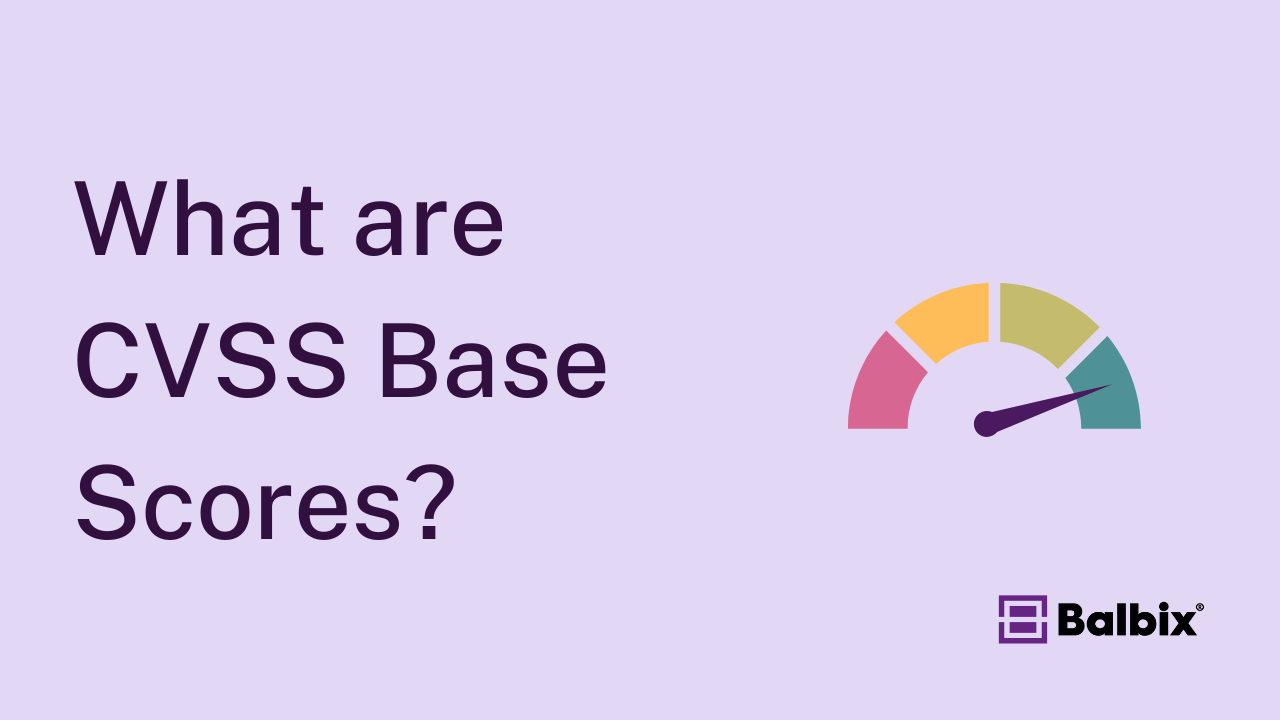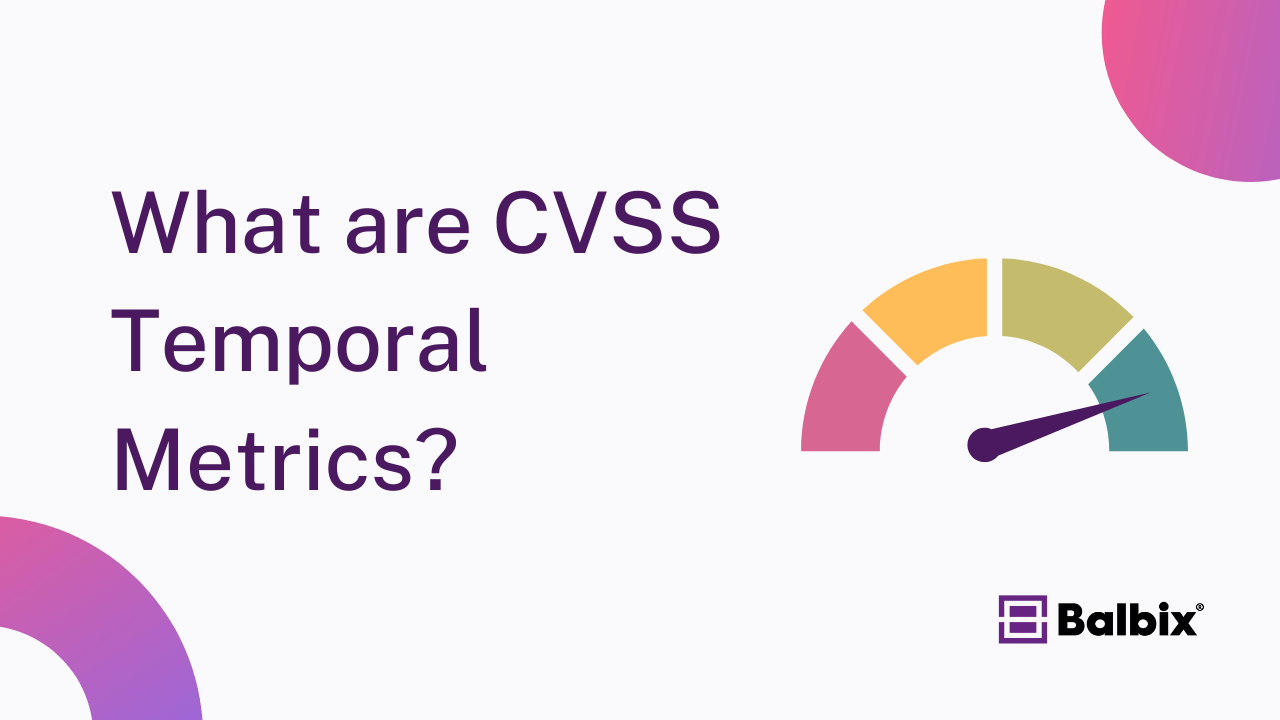The Common Vulnerability Scoring System (CVSS) is an industry standard for assessing software vulnerabilities. These scores are vital for cybersecurity professionals and IT managers to prioritize which vulnerabilities to patch or fix. CVSS scores consist of Base, Temporal, and Environmental metric groups. Each metric group has individual subcomponents, providing a comprehensive view of a vulnerability’s potential impact.
What are CVSS Scores?
Let’s start with the basics. CVSS scores help compare one vulnerability against others based on their severity. They’re a key factor in determining the urgency of addressing different vulnerabilities. These scores break down into three main groups:
- Base Metrics capture the inherent characteristics of a vulnerability that remain constant regardless of external factors.
- Temporal Metrics reflect how the vulnerability changes over time due to adversary activity or vendor updates.
- Environmental Metrics, which we’ll explore in-depth, are unique to each organization’s specific environment and modify the static Base Metrics.
The Importance of Environmental CVSS Scores
CVSS Environmental Metrics Explained
Environmental Metrics adjust the Base Metrics to account for specific organizational network circumstances. They consider factors such as existing security measures and the criticality of assets affected by a vulnerability. This tailored approach helps organizations determine the true risk level of a vulnerability in their context.
Modified Base Metrics
These modifications consider controls and measures in place that could influence a vulnerability’s threat level. For instance, a server behind a firewall faces less risk than one exposed to the internet. Using tools like NIST’s CVSS Scoring Calculator, organizations can evaluate how their existing security setup impacts the vulnerability score.
Security Requirements
Security Requirements gauge an asset’s business importance based on the type of data it has access to and the possible impact to the business if said data were not available.
Within these assessments, the “CIA Triad” (Confidentiality, Integrity, and Availability) framework is often used as a key security principle.
Here’s a quick breakdown:
- Confidentiality ensures sensitive information is protected from unauthorized access.
- Integrity ensures data remains accurate and unaltered.
- Availability ensures authorized users have access to resources when needed.
Organizations assign a High, Medium, or Low value to each aspect based on its impact, influencing the overall CVSS score.
How Environmental Metrics Impact CVSS Scores
Here’s an illustrative example.

Imagine a vulnerability with a high Base and Temporal score, sitting at a daunting 9.9. By applying Environmental Metrics, including strong internal controls and security measures, the adjusted score drops to 3.2. This example highlights the importance of incorporating environmental metrics in vulnerability assessments to create a more accurate risk picture.

Integrating CVSS Scores into Vulnerability Management
To effectively use CVSS scores, it’s important to look beyond the Base Metrics that are typically published. While these provide a baseline view of potential damage, they don’t address specific risks to your organization. By incorporating both Temporal and Environmental factors, organizations better understand actual threats.
Action Steps:
- Regularly Update your CVSS calculations to reflect changes in your network environment.
- Utilize Tools like the NIST CVSS Calculator to adjust Environmental Metrics accurately.
- Train Your Team to understand the significance of each metric group, ensuring comprehensive vulnerability management.
By operationalizing CVSS scores, your organization can prioritize and address vulnerabilities more effectively, minimizing potential threats tailored to your specific network environment.


